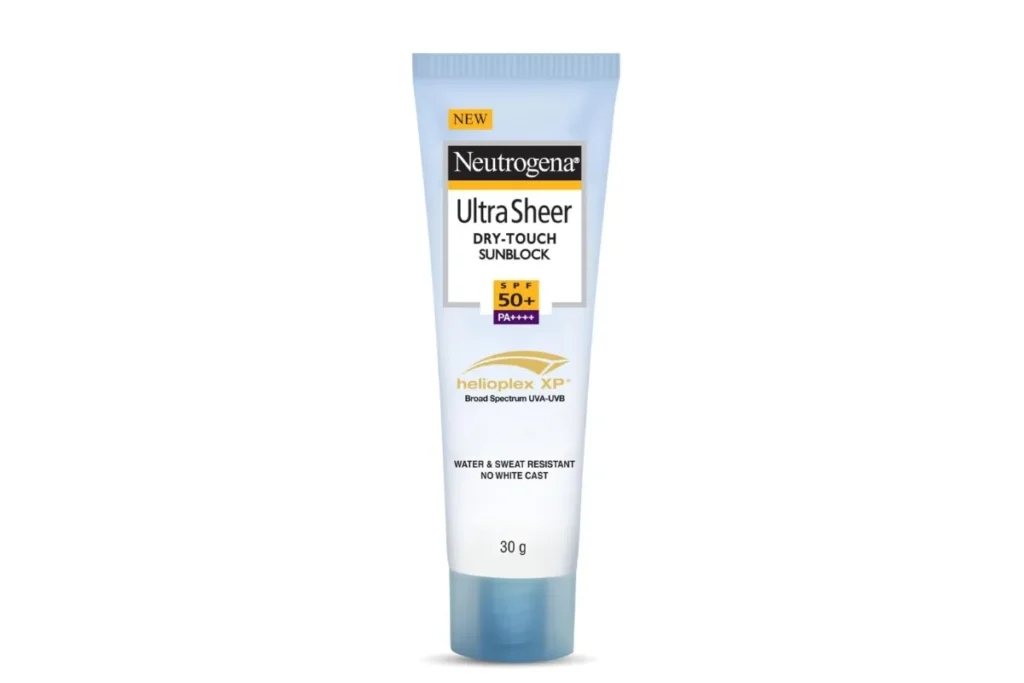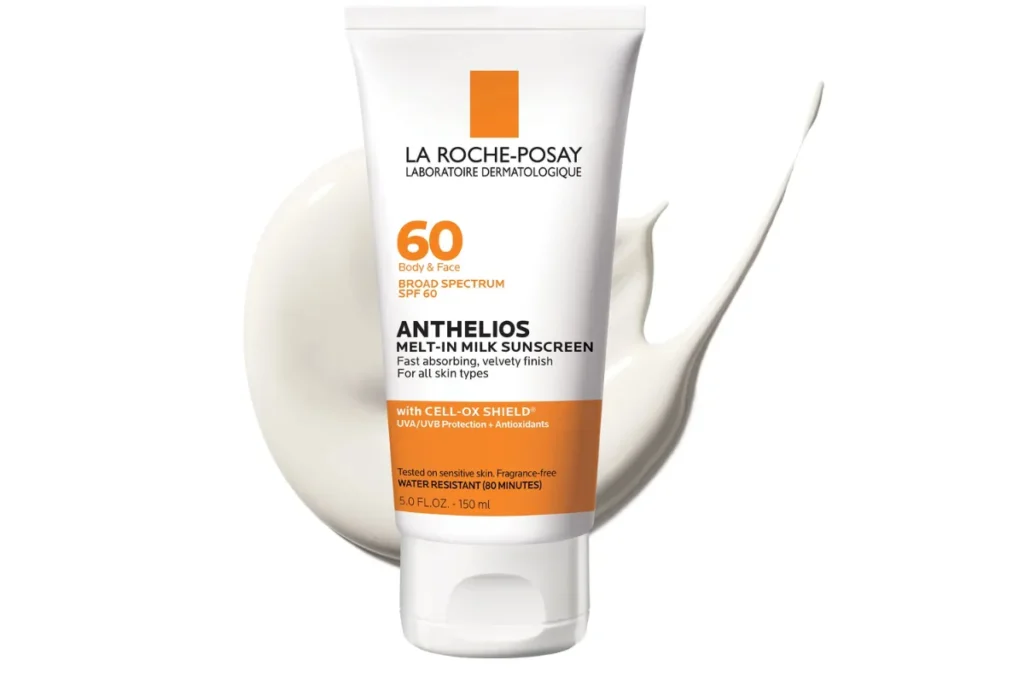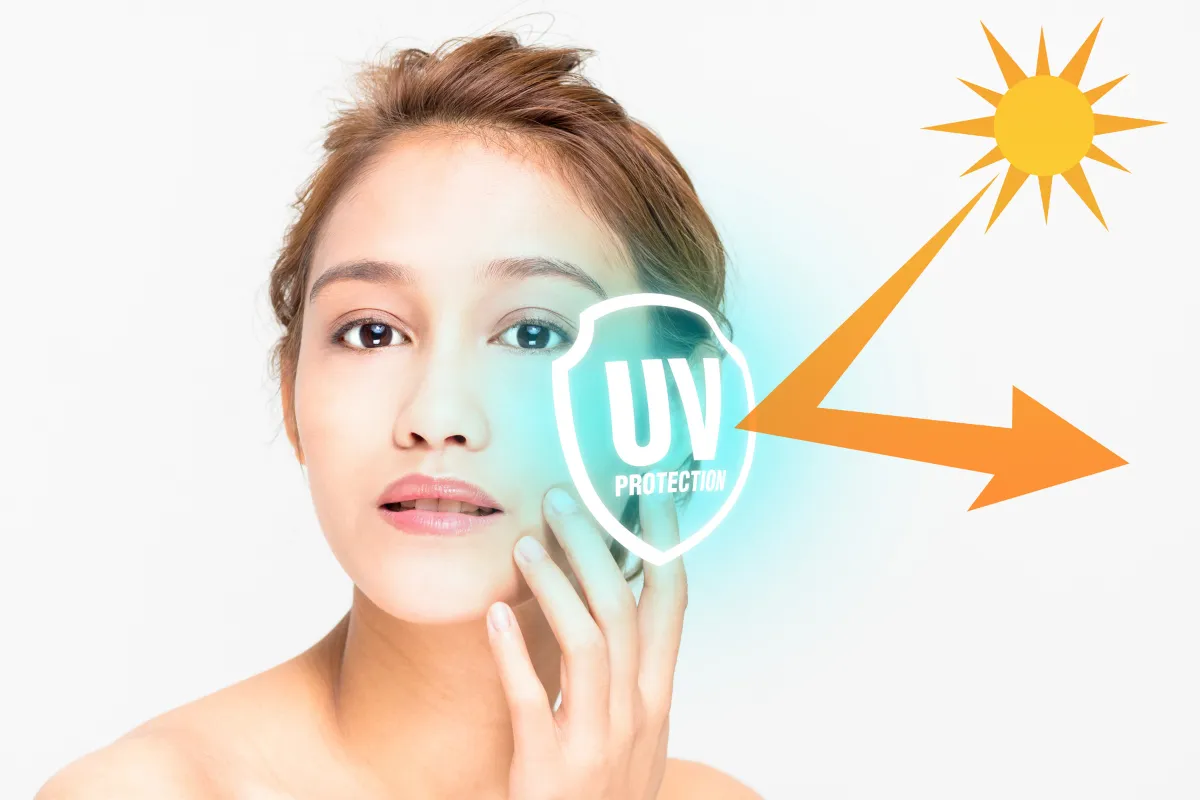With the sun’s harmful UV rays posing a constant threat to our skin, protecting ourselves against sun damage has become paramount.
Sunscreen plays a crucial role in this defense, but understanding how to use it effectively can be overwhelming.
In this comprehensive guide, we’ll explore the importance of sun protection, delve into the science behind UV rays, discuss different types of sunscreen products, and provide expert tips for safeguarding your skin against sun damage.
Understanding UV Rays:
Ultraviolet (UV) radiation is emitted by the sun and classified into three types: UVA, UVB, and UVC.
UVA rays penetrate deep into the skin, causing premature aging, wrinkles, and skin cancer.
UVB rays primarily affect the skin’s outer layers, leading to sunburn, DNA damage, and an increased risk of skin cancer.
UVC rays are mostly absorbed by the Earth’s ozone layer and do not reach the skin’s surface.
Importance of Sun Protection:
Sun exposure is the primary cause of skin aging, contributing to wrinkles, fine lines, and age spots.
Prolonged sun exposure without protection can lead to sunburn, skin cancer, and other serious health conditions.
Sun protection is essential year-round, not just during the summer months, as UV rays can penetrate clouds and windows, causing damage even on cloudy days.
Types of Sunscreen Products:
Chemical Sunscreens: These sunscreens contain organic compounds that absorb UV rays and convert them into heat, dissipating them from the skin.
Physical (Mineral) Sunscreens: Physical sunscreens contain mineral ingredients like zinc oxide and titanium dioxide, which create a physical barrier on the skin, reflecting and scattering UV rays.
Broad-Spectrum Sunscreens: Broad-spectrum sunscreens protect against both UVA and UVB rays, offering comprehensive sun protection.
Water-Resistant Sunscreens: Water-resistant sunscreens provide protection for a specified amount of time (typically 40 or 80 minutes) while swimming or sweating.
Expert Tips for Sun Protection:
Apply Sunscreen Generously: Use a broad-spectrum sunscreen with SPF 30 or higher and apply it generously to all exposed skin areas, including the face, neck, ears, and hands.
Reapply Regularly: Reapply sunscreen every two hours, or immediately after swimming, sweating, or towel-drying, to maintain optimal protection.
Seek Shade: Limit sun exposure during peak hours (10 a.m. to 4 p.m.) and seek shade under umbrellas, trees, or buildings when outdoors.
Wear Protective Clothing: Opt for tightly woven clothing, wide-brimmed hats, and sunglasses with UV protection to shield your skin and eyes from the sun’s harmful rays.
Avoid Tanning Beds: Refrain from using tanning beds, as they emit harmful UV radiation that can damage your skin and increase your risk of skin cancer.
Sunscreen Products Recommendations:
O3+ SPF Cream:

This broad-spectrum sunscreen offers protection against both UVA and UVB rays while delivering anti-aging benefits with vitamin E and hyaluronic acid.
Neutrogena Ultra Sheer Dry-Touch Sunscreen:

A lightweight, non-greasy formula that provides broad-spectrum protection and is suitable for daily use.
La Roche-Posay Anthelios Melt-in Milk Sunscreen:

This water-resistant sunscreen offers high SPF protection and is formulated with antioxidants to help defend against free radicals.
EltaMD UV Clear Broad-Spectrum SPF 46:

A dermatologist-recommended sunscreen that is oil-free, non-comedogenic, and ideal for acne-prone or sensitive skin.
Conclusion:
Effective sun protection is essential for maintaining healthy, youthful-looking skin and reducing the risk of sun damage and skin cancer.
By understanding the different types of sunscreen products available, following expert tips for sun protection, and incorporating high-quality sunscreens like O3+ SPF Cream into your daily skincare routine, you can enjoy the benefits of sun exposure while minimizing the risks to your skin’s health.
Remember, protecting your skin from the sun is not only a beauty essential but also a vital aspect of overall wellness.
